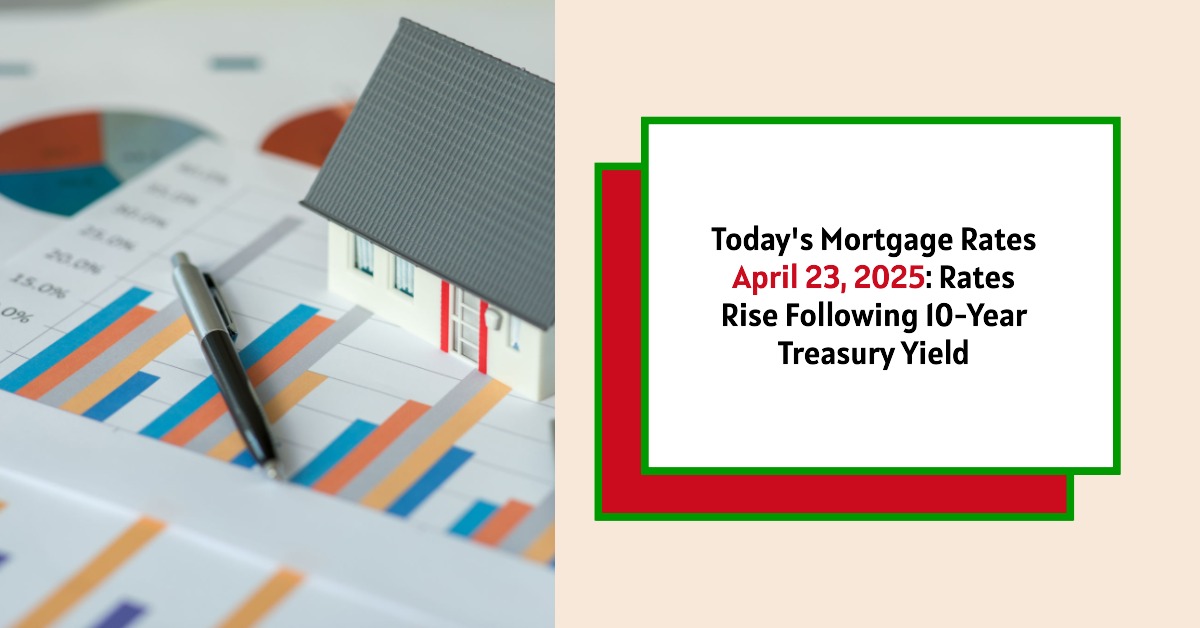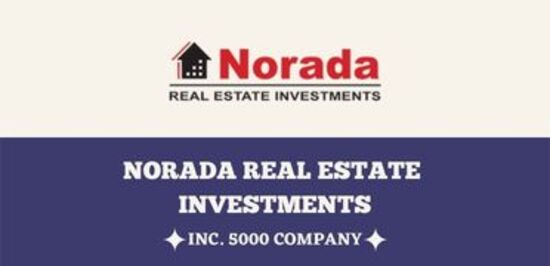As of today, April 23, 2025, the average 30-year fixed mortgage rate is 6.87%, according to Zillow. While this is a snapshot in time, understanding the factors influencing these rates is key to making informed financial decisions. Let’s dive into what’s happening in the mortgage world today and what it might mean for you.
Today's Mortgage Rates – April 23, 2025: Treasury Yield Hike Pushes Rates Higher
Why Are Mortgage Rates on the Move?
Mortgage rates don't just pop out of thin air. They're closely tied to the 10-year Treasury yield. Think of this yield as a benchmark for how confident investors are in the U.S. economy. When investors are optimistic, they often sell off Treasuries to invest in riskier assets, pushing the yield higher. And as the Treasury yield rises, so do mortgage rates.
This past week, we've seen a slight increase in the 10-year Treasury yield, and as a result, mortgage rates are following suit. It’s like a little dance they do together.
The Elephant in the Room: Politics and the Fed
Okay, let's talk about something a little more controversial: politics. Recent reports indicate that President Trump’s criticism of the Federal Reserve Chair, Jerome Powell, is causing some ripples in the market. Apparently, he called Powell “Mr. Too Late” and “a major loser” in a social media post.
Now, normally, this wouldn't directly affect mortgage rates, but here’s the thing: when investors lose confidence in the Fed's independence – meaning they worry political pressure might sway the Fed's decisions – they tend to sell off those seemingly safe Treasury bonds. This sell-off drives yields, and therefore mortgage rates, higher.
It’s like a game of dominoes: Political uncertainty knocks over investor confidence, which in turn pushes up Treasury yields and ultimately, mortgage rates.
What This Means for You: Should You Buy Now?
The million-dollar question! With rates hovering where they are, many potential buyers are understandably hesitant. Should you wait for rates to drop? The truth is, nobody has a crystal ball. Rates aren't expected to suddenly plummet anytime soon. So, if you're financially ready to buy a home and have found the right property, don't let slightly elevated rates paralyze you.
- Here's my take: Waiting for the “perfect” rate can be a gamble. If rates continue to rise, you'll end up paying more for your mortgage in the long run. On the other hand, waiting could mean missing out on your dream home. Ultimately, the decision depends on your individual circumstances and risk tolerance.
Today's Mortgage Rates: A Closer Look
Here’s a breakdown of the current national average mortgage rates, according to Zillow:
- 30-year fixed: 6.87%
- 20-year fixed: 6.73%
- 15-year fixed: 6.18%
- 5/1 ARM: 7.12%
- 7/1 ARM: 7.41%
- 30-year VA: 6.44%
- 15-year VA: 5.87%
- 5/1 VA: 6.33%
Refinancing? Here's What You Need to Know
Thinking about refinancing your current mortgage? Here are the latest refinance rates:
- 30-year fixed: 6.92%
- 20-year fixed: 6.71%
- 15-year fixed: 6.27%
- 5/1 ARM: 7.31%
- 7/1 ARM: 7.26%
- 30-year VA: 6.52%
- 15-year VA: 6.16%
- 5/1 VA: 6.43%
Keep in mind that refinance rates are often slightly higher than purchase rates, although this isn’t always the case.
Understanding Your Mortgage Options: A Quick Guide
Let's break down some of the most common mortgage types:
1. 30-Year Fixed Mortgage: The Classic Choice
- Pros: Lower monthly payments, predictable payments (your interest rate stays the same for the life of the loan).
- Cons: Higher interest rate compared to shorter-term loans, you'll pay more interest over the life of the loan.
- Who it's good for: Homebuyers who prioritize affordability and predictability.
2. 15-Year Fixed Mortgage: The Faster Track to Ownership
- Pros: Lower interest rate, you'll pay off your mortgage in half the time, saving you a significant amount of money on interest.
- Cons: Higher monthly payments.
- Who it's good for: Homebuyers who can afford higher monthly payments and want to build equity faster.
3. Adjustable-Rate Mortgage (ARM): The Gamble
- Pros: Typically has a lower introductory interest rate than fixed-rate mortgages for a set period (e.g., 5 years).
- Cons: After the introductory period, the interest rate can adjust up or down, making your monthly payments unpredictable.
- Who it's good for: Homebuyers who plan to move before the introductory period ends or who are comfortable with the risk of fluctuating interest rates. But be cautious, given current rates, fixed-rate options might be more appealing!
Read More:
Mortgage Rates Trends as of April 22, 2025
Why Are Mortgage Rates Rising Back to 7%: The Key Drivers
Key Considerations When Choosing a Mortgage
- Your Financial Situation: Assess your income, debts, and credit score. A higher credit score typically qualifies you for a lower interest rate.
- Your Down Payment: A larger down payment can lower your monthly payments and reduce the amount of interest you pay over the life of the loan.
- Your Risk Tolerance: Are you comfortable with the potential for fluctuating interest rates? If not, a fixed-rate mortgage might be a better choice.
- Your Long-Term Plans: How long do you plan to stay in the home? If you plan to move within a few years, an ARM might be a viable option.
Looking Ahead: Where Are Mortgage Rates Headed?
Predicting the future of mortgage rates is like trying to predict the weather – it's never an exact science. There's a lot of uncertainty surrounding the economy and global events, making it difficult to pinpoint exactly where rates will land.
While it's unlikely we'll see rates drop back down to the historic lows of 2020 and 2021 (when 30-year fixed rates fell below 3%), many experts anticipate a gradual easing of rates over the next year or two. A more realistic expectation might be rates settling somewhere closer to 6%.
Final Thoughts
Navigating the world of mortgage rates can feel overwhelming, but with a little research and the help of a qualified mortgage professional, you can make informed decisions that align with your financial goals. Remember, the best mortgage for you is the one that fits your individual needs and circumstances. Don't be afraid to shop around and compare offers from different lenders to find the best deal.
Work With Norada, Your Trusted Source for
Real Estate Investment in the U.S.
Investing in turnkey real estate can help you secure consistent returns with fluctuating mortgage rates.
Expand your portfolio confidently, even in a shifting interest rate environment.
Speak with our expert investment counselors (No Obligation):
(800) 611-3060
Also Read:
- Will Mortgage Rates Go Down in 2025: Morgan Stanley's Forecast
- Expect High Mortgage Rates Until 2026: Fannie Mae's 2-Year Forecast
- Mortgage Rate Predictions 2025 from 4 Leading Housing Experts
- Mortgage Rates Forecast for the Next 3 Years: 2025 to 2027
- 30-Year Mortgage Rate Forecast for the Next 5 Years
- 15-Year Mortgage Rate Forecast for the Next 5 Years
- Why Are Mortgage Rates Going Up in 2025: Will Rates Drop?
- Why Are Mortgage Rates So High and Predictions for 2025
- Will Mortgage Rates Ever Be 3% Again in the Future?
- Mortgage Rates Predictions for Next 2 Years
- Mortgage Rate Predictions for Next 5 Years
- Mortgage Rate Predictions: Why 2% and 3% Rates are Out of Reach
- How Lower Mortgage Rates Can Save You Thousands?
- How to Get a Low Mortgage Interest Rate?
- Will Mortgage Rates Ever Be 4% Again?


